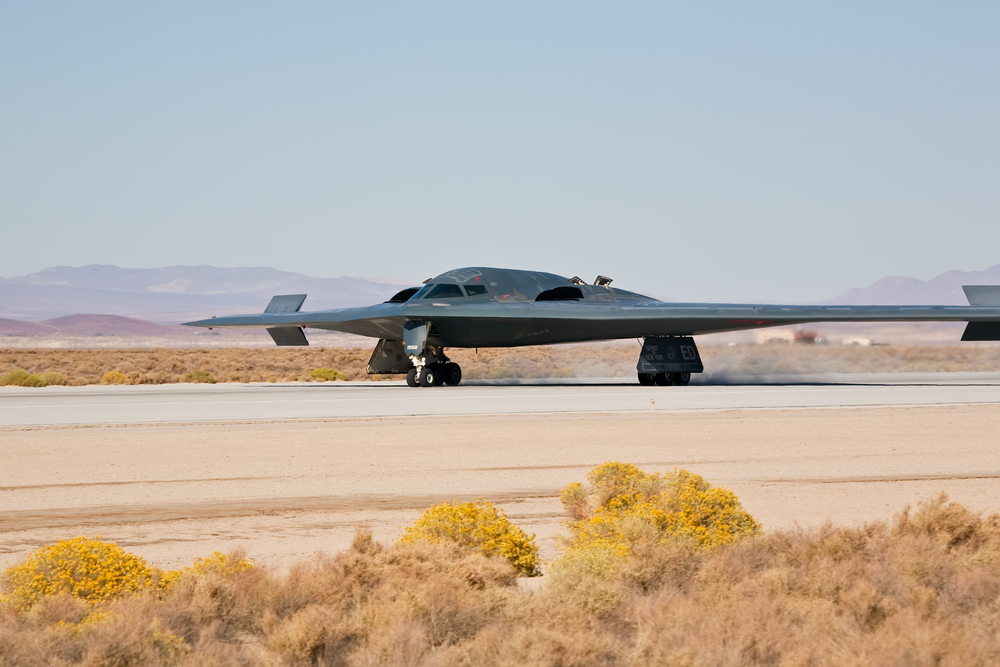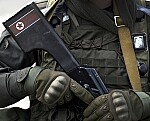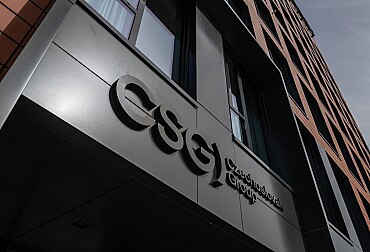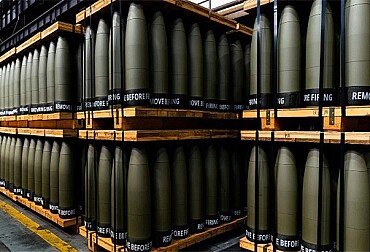Tensions rise as Trump warns Iran of “unseen” bombing amid stealth bomber deployment
In a provocative televised interview aired Saturday evening, former President Donald Trump issued a stark warning to Iran, threatening unprecedented military retaliation if Tehran continues to defy U.S. demands over its nuclear program. The message marks a new peak in U.S.-Iran tensions, already simmering in the wake of increased American military posturing in the Indo-Pacific and Indian Ocean regions.

“If they don’t make a deal, there will be bombing—the likes of which they’ve never seen before,” Trump said bluntly during his appearance on NBC News. The former president added that “talks are ongoing,” hinting at covert diplomatic engagement between American and Iranian officials despite public denials.
This sharp rhetoric follows newly released satellite imagery by Planet Labs showing a significant deployment of U.S. military assets to Diego Garcia, a remote but strategically vital American base in the Indian Ocean. Images dated March 25 confirm the presence of four B-2 Spirit stealth bombers—aircraft known for their long-range precision strike capabilities—alongside at least seven KC-135 Stratotankers, used for in-air refueling.
Defense analysts suggest the deployment is a calculated signal. The B-2s, capable of carrying GBU-57 “Massive Ordnance Penetrator” bombs, are uniquely equipped to strike deeply buried and fortified targets such as Iran’s underground nuclear facilities. While the U.S. Department of Defense has not issued an official statement on the mission’s purpose, U.S. Strategic Command has previously described such moves as routine exercises intended to deter adversaries and reassure allies.
Iran’s newly elected President, Masoud Pezeshkian, responded on Sunday by rejecting the idea of direct talks with Washington under current pressure. In his first public comment on what insiders describe as a stern letter sent by Trump to Supreme Leader Ali Khamenei, Pezeshkian emphasized the need for indirect negotiations instead and condemned what he sees as coercive diplomacy.
“The path to dialogue cannot be paved with threats,” Pezeshkian said in a statement carried by Iranian state media. “The Islamic Republic will not yield under pressure.”
The presence of U.S. stealth bombers near the Gulf, combined with Trump’s escalatory language, has alarmed global observers and heightened fears of renewed conflict in a region already on edge. Experts warn that any miscalculation could spark a larger military confrontation, especially with multiple flashpoints simmering in the Middle East.
While some see the deployment as a form of strategic deterrence, others argue it may be a prelude to kinetic action should back-channel negotiations collapse. In recent years, Iran has steadily increased its uranium enrichment levels, crossing thresholds once considered red lines by Western powers. The International Atomic Energy Agency has repeatedly voiced concerns about Tehran’s lack of cooperation and transparency.
As diplomatic channels remain fragile and military assets shift into high alert, the coming weeks may prove decisive. Whether this confrontation ends in compromise or conflict could depend on what happens behind closed doors far from the public eye—and whether either side is willing to blink first.










